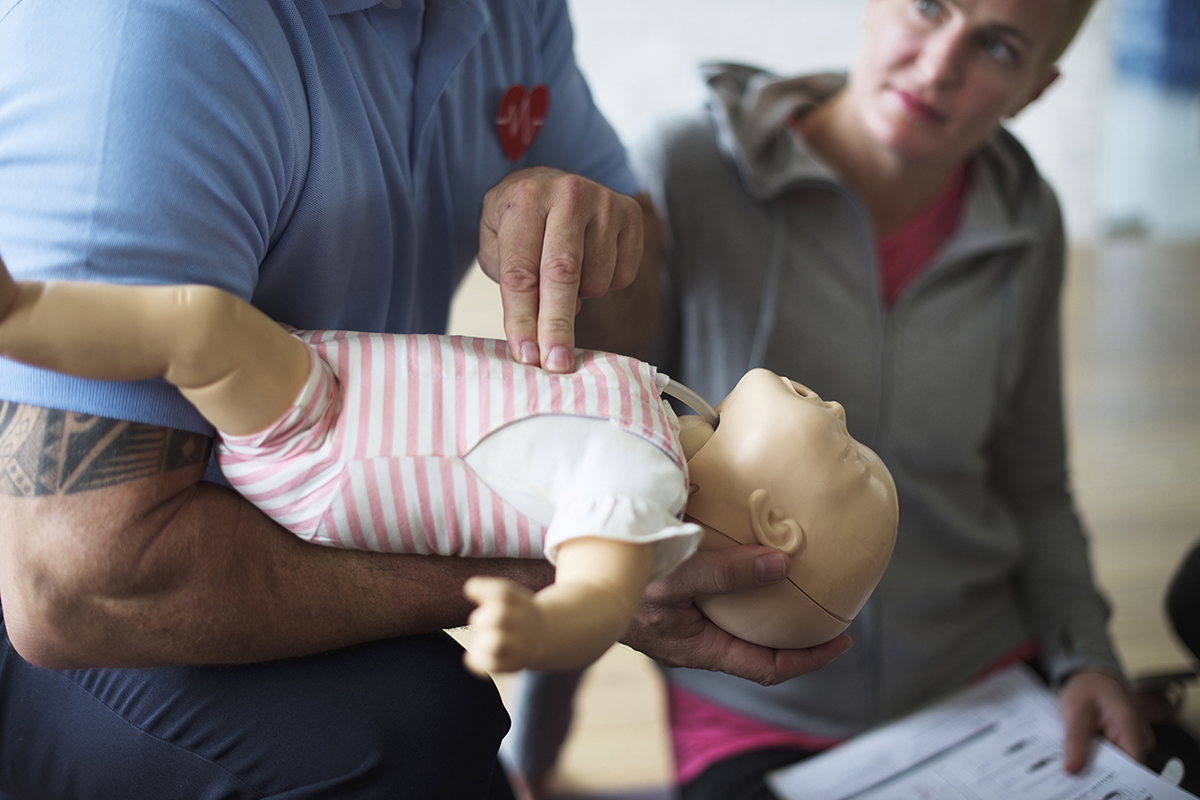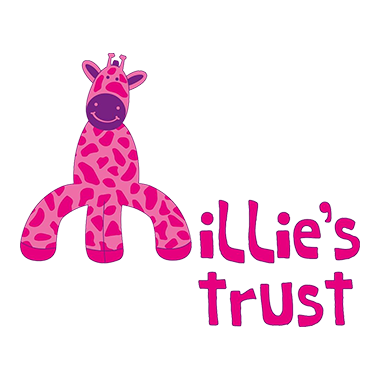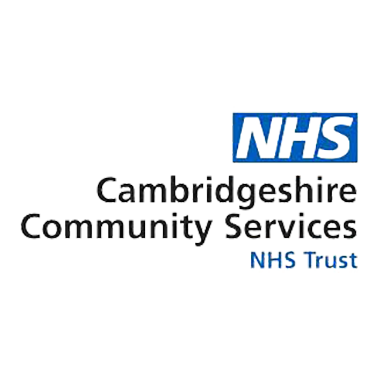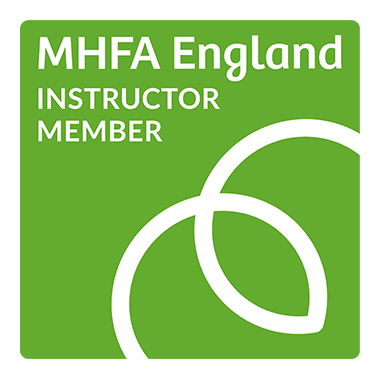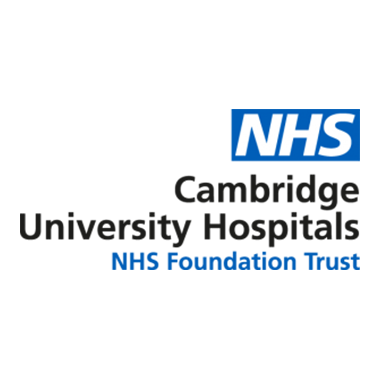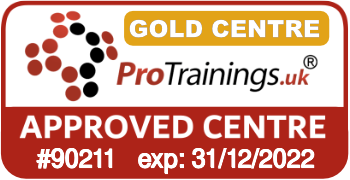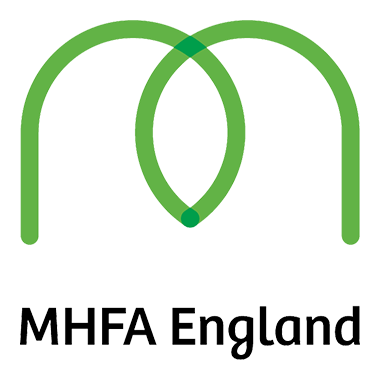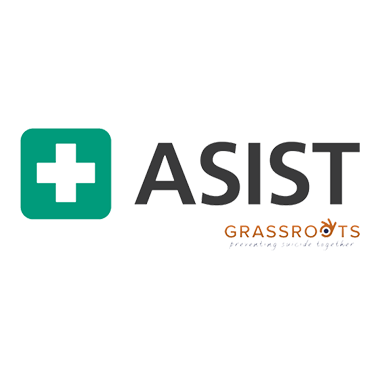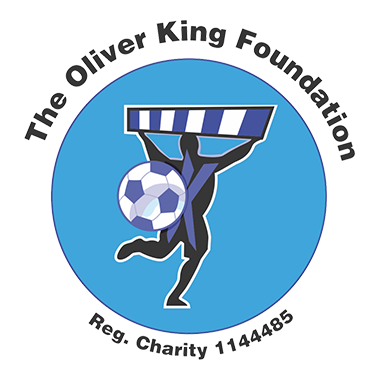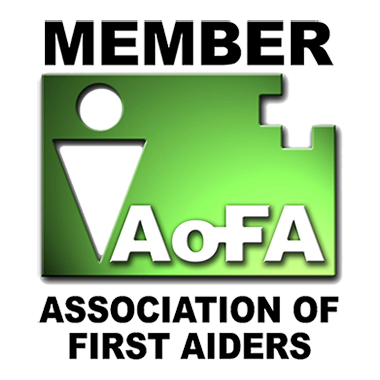About this course
This Paediatric First Aid (PFA) blended option is our most popular course because of the flexibility it offers. This blended option meets the mandatory requirements for all Early Years Foundation Stage (EYFS) practitioners and childcare providers wishing to register with Ofsted or working towards an early years educator qualification.
PFA focuses on common illnesses, emergencies and scenarios likely when dealing with infants and children. This course is recommended for all carers with sole responsibility for a child from birth onwards.
How do I access day 1 online?
We will email you a link, username and password. or you can hop onto our BLENDED PORTAL PAGE,
Tell me more about the online lessons
The day 1 online platform is super simple to navigate. Watch the video lessons at your own pace, pause and resume when it suits you. Answer the multiple-choice questions throughout the course and when you have completed all the lessons, you will be directed to the final assessment.
To make sure you really learn and retain the information, test questions are randomised. A video review following the final assessment is customised to support a thorough understanding of each topic
- Front-row seat in the class
- No PowerPoint based slides
- Detailed bite sized video-based training with demonstrations
- Subtitles for “sound off” viewing
- Optional concise text lesson summary with key learning points accompanying each clip
- Comprehensive manual and posters, and current regulatory guidelines updates
- Access videos for up to 8 months after purchase
- Certified CPD evidence-based learning statement and certificate upon successful completion
- Includes recent guidelines on infection prevention with the outbreak of Severe acute respiratory syndrome Coronavirus 2 (SARS–CoV–2)
What to expect and how to prepare for your classroom training.
Please complete day 1 online prior to the classroom practical. Come with an open mind and burning questions.
Our instructors are experienced in creating and facilitating a non-judgemental and entertaining learning environment. We encourage participants to take away this attitude into their own lives following the training. All learners are made to feel safe and included, and we often see the group bond as a result.
What do I need to bring?
Please bring some photo ID to day 2, as is required in order to validate this award.
You may wish to bring a notebook for any additional notes, and your first aid kit from your home or place of work. Some learners find it helpful to familiarise themselves with their own kit.
Covid-19 secure refreshments are complementary throughout the training, but we do ask you to bring your own favourite mug, and your lunch. There is ample fridge space and local store close by, fast food outlets and supermarkets 2.5 miles. We have everything else covered.
We are also fully aware of the anxiety that many students have over coming into a public space. There is a lot to think about which we have already thought about. You are in safe hands.
Anything else?
Your instructor will send you an e mail a couple of days prior to the classroom training, so that you have their contact details should you be running late, or have additional accessibility requirements.
This course can also be delivered on site at a reduced group fee (subject to our risk assessment)
